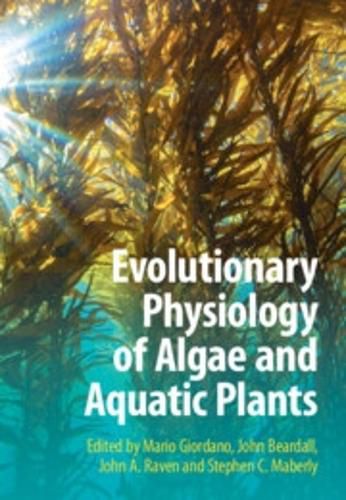Readings Newsletter
Become a Readings Member to make your shopping experience even easier.
Sign in or sign up for free!
You’re not far away from qualifying for FREE standard shipping within Australia
You’ve qualified for FREE standard shipping within Australia
The cart is loading…






Photosynthetic organisms have an enormous influence on our environment through their effects on the development of other life on Earth and the way they alter the planet's geology and geochemistry. This book takes a unique approach by examining the evolutionary history of the major groups of aquatic photoautotrophs in the context of the ecophysiological characteristics that have allowed them to adapt to the challenges of life in water and thrive under past and present environmental conditions. The important role played by aquatic photoautotrophs on a planet undergoing unprecedented anthropogenic-induced change is also highlighted, in chapters on their critical function in mitigating environmental change through their physiological processes, and on the role of algae in biotechnology. This invaluable resource will be appreciated by researchers and advanced students interested in the biodiversity and evolutionary physiology of the full range of aquatic photoautotrophs, and their interaction with the environment.
$9.00 standard shipping within Australia
FREE standard shipping within Australia for orders over $100.00
Express & International shipping calculated at checkout
Photosynthetic organisms have an enormous influence on our environment through their effects on the development of other life on Earth and the way they alter the planet's geology and geochemistry. This book takes a unique approach by examining the evolutionary history of the major groups of aquatic photoautotrophs in the context of the ecophysiological characteristics that have allowed them to adapt to the challenges of life in water and thrive under past and present environmental conditions. The important role played by aquatic photoautotrophs on a planet undergoing unprecedented anthropogenic-induced change is also highlighted, in chapters on their critical function in mitigating environmental change through their physiological processes, and on the role of algae in biotechnology. This invaluable resource will be appreciated by researchers and advanced students interested in the biodiversity and evolutionary physiology of the full range of aquatic photoautotrophs, and their interaction with the environment.